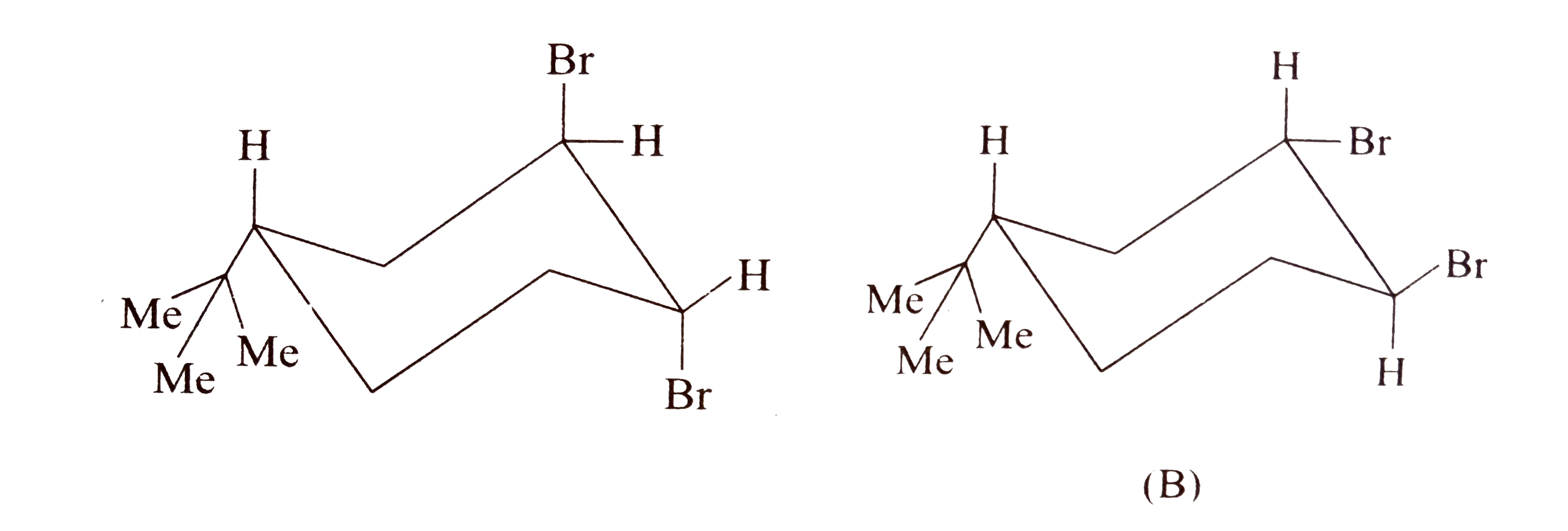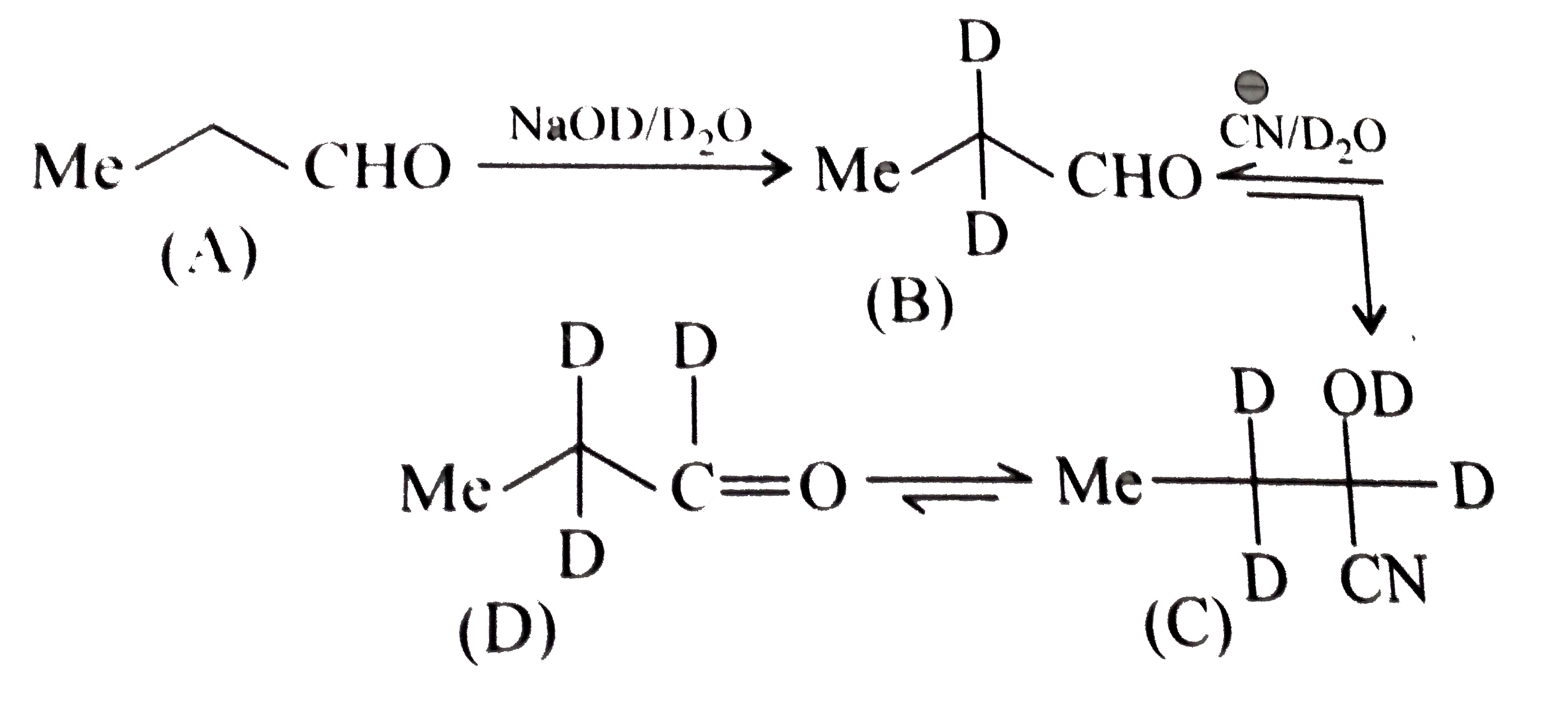Explain the nature and main reasons (in short) of (a) Haemophila (b) Colourblindness (c) Phenylketonuria
Step by step video & image solution for Explain the nature and main reasons (in short) of (a) Haemophila (b) Colourblindness (c) Phenylketonuria by Biology experts to help you in doubts & scoring excellent marks in Class 12 exams.
Updated on:21/07/2023Topper's Solved these Questions
- EXCRETORY PRODUCTS AND THEIR ELIMINATIONBOOK - ALLENCHAPTER - EXCRETORY PRODUCTS AND THEIR ELIMINATIONEXERCISE - S
21 Videos
- GENETICS & MOLECULAR BASIS OF INHERITANCE AND MUTATIONBOOK - ALLENCHAPTER - GENETICS & MOLECULAR BASIS OF INHERITANCE AND MUTATIONEXERCISE - EXERCISE-IV (ASSERTION & REASON)
144 Videos
Similar Questions
(a) Explain polygenic inheritance and multiple allelism with the help of suitable examples.
(b) Phenylketonuria is a good example that explains pleiotropy. Justify.
View Solution(a) Explain Polygenic inheritance and Multiple allelism with the help of suitable examples.
(b) Phenylketonuria is a good example that explains Pleiotropy Justify.
View Solution
Knowledge Check
Uric acid is the main nitrogenous waste in
(a) fish
(b) amphibians
(c) birds
(d) mammalsAfishBamphibiansCbirdsDmammalsWhich one of the following is not an attribute of enzymes?
(a) They are specific in nature
(b) They are used in chemical reactions
(c) They are thermolabile in nature
(d) They are proteinaceous in natureAThey are specific in natureBThey are used in chemical reactionsCThey are thermolabile in natureDThey are proteinaceous in nature
Explain the following terms used in metallurgy:
(a) Roasting (b) Calcination (c) Smelting
View SolutionExplaing why carbon forms compounds mainly by covalent bond. Explain in brief two main reasons for carbon forming a large number of compounds. Why does carbon form strong bonds with most other elements ?
View SolutionExplain the following:
(a) More metal fluorides are ionic in nature than metal chlorides.
(b) Perchloric acid is a stronger acid than sulphuric acid.
(c ) Fluorine does not undergo disproportionation reactions but other halogens do.
View SolutionExplain that (A) readily forms an alkene with Ic− but (B) does not.

View SolutionWrite short notes on : (a) Coelom (b) Metamerism (c) Notochord
View SolutionExplain the formation of (B), (C ) and (D) in the given reaction:

View Solution